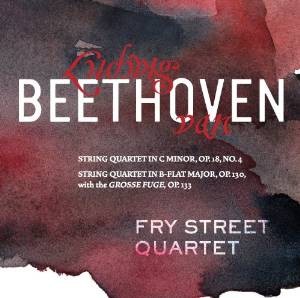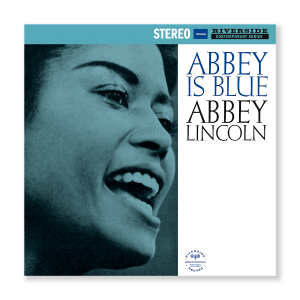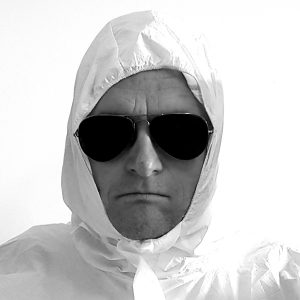LISTENING BIASES AND PRIORITIES
My wife is my listening partner and we've been doing this together for over 50 years. Together, we value transparency and accuracy of instrumental timbre. We listen mostly to acoustic music and principally to classical music. Our ideal is a recording that allows for the willing suspension of disbelief—one that lets us have a window on the live acoustical space of the musicians and their instruments. Timbre is critical. We want to hear the harmonic overtones of the instruments and sense that we're listening to REAL instruments, not artificial constructs. A significant criterion in the past has been sound stage—the ability to recreate the acoustic space in width, depth and height. Moving to headphones has shifted our priorities some because we've found that the soundstage reproduction possible with speakers in a good listening room is simply not a realistic expectation for headphone listening. So, we are focusing ever more on transparency, inner detail, timbre and micro-dynamics as factors that greatly influence our enjoyment (and assessment) of the recording.

SOURCE
- Playback Designs MPD-8 DAC (review here) connected via USB to an Intel NUC i5 computer and playing files served up across our home Ethernet network. Our music files are stored on multiple external USB Western Digital My Book drives connected via powered USB hubs to another i5 NUC. This second NUC acts as our server, the first NUC serves as our "player." We use JRiver Media Center to manage our music library and deliver files via the NUC.
We don't use any digital conditioning devices, but simply connect the NUC directly into the MPD-8 via the MPD-8's USB input port.
Update: I have now added the Playback Designs' USB-X4 Interface between the NUC and the MPD-8 for a noticeable improvement in resolution. See review here.
SPEAKERS AND ELECTRONICS
- Two matching STAX SR-009S headphones powered by the HeadAmp Blue Hawaii Special Edition (BHSE) electrostatic headphone amplifier with Sophia Electric EL34-SE tubes (previously NOS Siemens EL-34 tubes).
CABLES
- Silent Source "Signature" and "Music Reference" power cords and interconnects
HARD DRIVES, COMPUTERS, SOFTWARE
- Digital Player:
Intel Core i5 NUC Asus NUC 14 Pro with Teddy Pardo power supply, 16GB 32GB RAM, and 500GB Samsung 970 EVO 1TB solid-state drive, running Windows 10 11 Pro (64-bit) and JRiver Media Server. And, yes, we've turned off a lot of the extra processes that otherwise run in Win11.

- Network Server:
Intel Core i5 NUC Asus NUC 14 Pro as above (but without the aftermarket power supply) connected to multiple USB external hard drives ranging in sizes from 8TB-16TB. The external drives are all "drive mapped" with fixed drive letters. Drives are monitored for temperature and condition by Hard Disk Sentinel software. To maintain cooler operating temperatures (and longer service), the drives sit in a DIY stand with low noise computer case fans mounted below them to provide a steady stream of air upward through the drive cases (this supplements the internal fans in the cases).

- Software: JRiver Media Center, typically updated to the most recent release to support JRiver's continuing development efforts.
- Network: Ethernet to a dedicated Ethernet switch within our home network using CAT 7 cabling.
- File Backup: Each "production" hard drive has a matching backup drive, plus several archival backup drives for long term "cold storage" of high value music. Backups are managed with
Acronis True Image SyncBackFree software. Backup drives are connected for operation only when doing a manual backup of a given production drive, otherwise backup drives sit offline in cold storage.
ACCESSORIES
- Power cables plug into a Walker Audio Velocitor passive power conditioner.
- Walker Audio Valid Points and Resonance Control Discs. Vibration control in this new system will be a future exploration. So far, we have not felt any urgency on this front.
ANN'S OFFICE SYSTEM (secondary system)
- Focal Clear headphones
- Linear Tube Audio MZ3 headphone amplifier (using David Berning's microZOTL design)
- Teac UD-503 DAC
- Silent Source "Signature" Interconnect from DAC to amplifier
- Ancient Lenovo Laptop, Win10, JRiver Media Center
- Ethernet connection to main system's network server










































